Bridging Eastern & Western Medicine
Restoring the Balance of Your OUT Complex is a Crucial Aspect of MBR Therapy
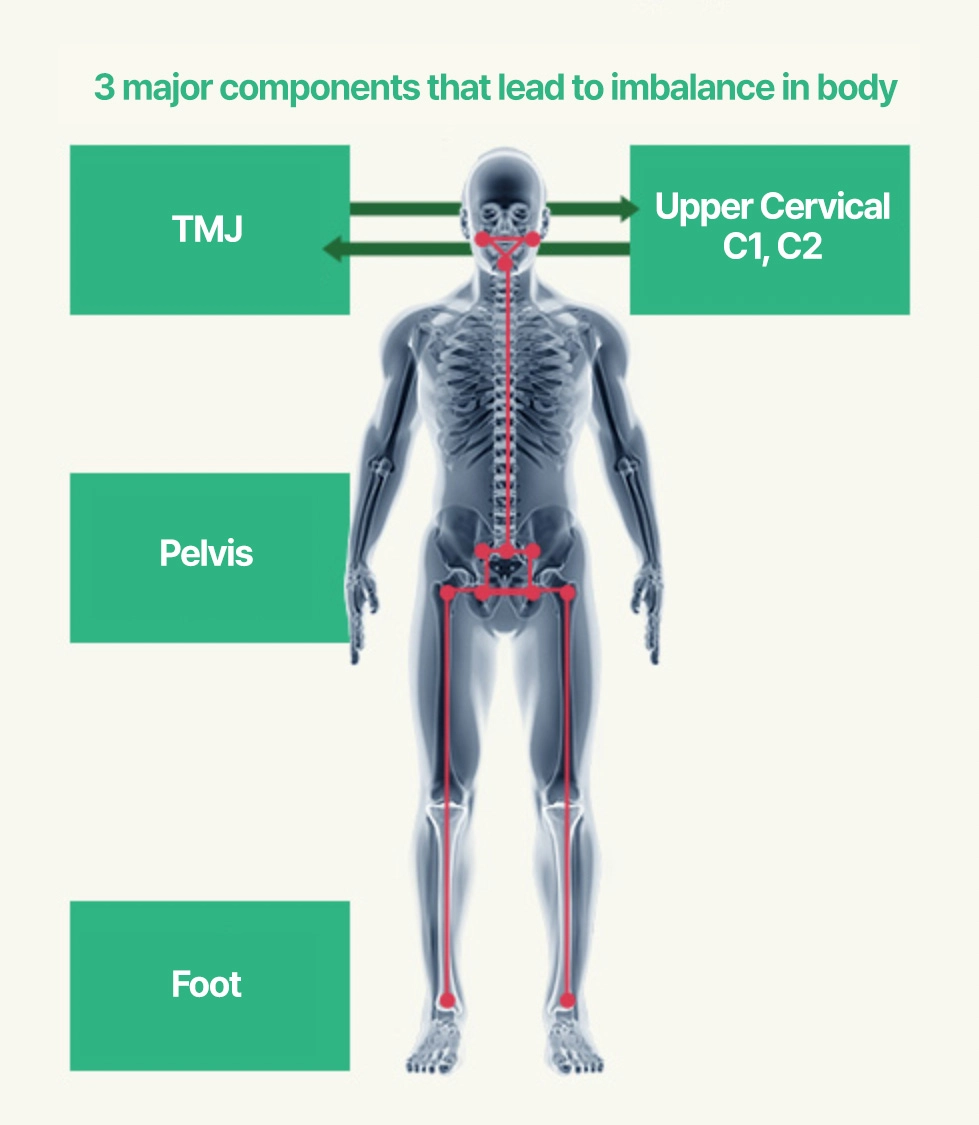
Major contributor to migraine, neck, and shoulder pain
Temporomandibular Joint (TMJ) Disorder

TMJ moves whenever you speak, chew, or swallow! The jaw joints endure the impact of molar teeth touching each other over 3,000 times a day.
Depending on a person’s posture and chewing habits, the jaw and joints can tilt to one side, leading to facial asymmetry over time due to the difference in chewing strength and torsion between the left and right sides.
The jaw joints contain an abundance of delicate sensory nerves that react to even the slightest changes in movement. Just like how a tiny foreign object between the teeth can cause extreme discomfort and odd sensations, imbalances in the jaw joints can result in significant physical complications. Therefore, balancing the two jaw joints is a critical aspect of pain treatment.
Major contributor to migraine, neck, and shoulder pain
Why Does TMJ Occur?

There may be one or more underlying causes of TMJ disorder, with unhealthy habits and stress being the most common culprits. Chewing food or maintaining poor body posture can create stress in the jaw, which can contribute to the development of TMJ disorder.
Imbalances in the left and right postures, such as those in the neck, pelvis, and foot length, can also cause imbalances in the jaw joints, leading to TMJ disorder.
Stress can increase tension in the body, leading to habits like cheek chewing without even realizing it, which can further exacerbate TMJ disorder symptoms.

Step-by-Step
Major Causes of TMJ Disorder
Do Any of These Apply to You?
Tendency to chew food on only one side of the mouth
Frequent and prolonged mouth opening during dental treatments
Habitual resting of the chin on the hand or sleeping on one side
Habitual clenching or grinding of teeth
Misalignment of the upper and lower teeth
Neglecting or delaying treatment for teeth damage
Do You Have Postural Imbalance?
Head forward or straight neck
Uneven shoulders
Tilted pelvis
Imbalance in feet
Difference in leg lengths
Tense neck and jaws due to stress
Curved spine
Step-by-Step
Major Symptoms of TMJ Disorder

Limited ROM
A limited range of mandibular movement < 3mm, can cause difficulties with eating or speaking. Pain or tenderness in the jaw, particularly at the joint area, is a common symptom of TMJ disorder.
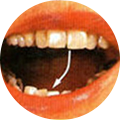
Deviation with Mandibular Movement
There may also be incoordination, asymmetry, or deviation of mandibular movement.

Irregular Jaw Opening
TMJ disorder can occur when the jaw twists during opening, closing, or side-to-side movements.
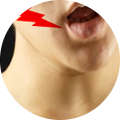
Clicking or Popping Sounds
Clicking or popping noises may happen when opening the mouth in people with TMj disorder.

Jaw Joint Pain
Habits &
Poor Posture
Disorder
Imbalance
Syndrome
Major contributor to migraine, neck, and shoulder pain
Temporomandibular Joint (TMJ) Syndrome
Habits &
Poor Posture
Disorder
Imbalance
Syndrome
Even a minor shock can cause pain in the TMJ if the joints are out of balance, highlighting the sensitivity of the jaw joints to any misalignment or dysfunction.
Imbalances in the jaw joints can lead to imbalances in the face, spine, pelvis, and feet, emphasizing the interconnectedness of the body and how TMJ disorder can affect various areas of the body.
TMJ imbalance can cause a range of neuralgia symptoms due to the cranial nerves, meninges, and arteriovenous veins being stimulated by the disorder. This can include headaches and dizziness, which can be debilitating for some individuals.
Step-by-Step
Major Symptoms of TMJ Syndrome

Headache
TMJ imbalance can cause dislocation of cervical 1 and 2, which in turn can stimulate the meninges, arteriovenous, and cranial nerves, leading to headaches.

Deviated nasal septum & Chronic Rhinitis
TMJ imbalance can cause facial asymmetry, which can result in a narrower nasal cavity and make treating chronic rhinitis more difficult.
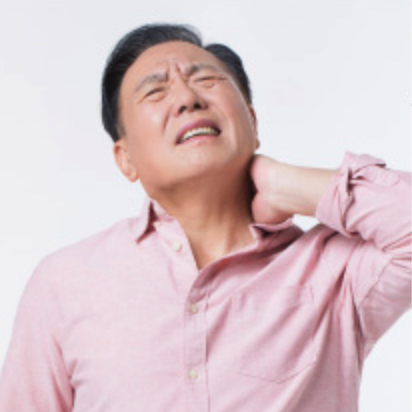
Trigeminal neuralgia
The trigeminal nerve, which is the largest cranial nerve, is located near the jaw joints and can be easily pressured by an unbalanced jaw.

Chronic Fatigue / Depression
Jaw joint imbalance can negatively impact cranial movement and disrupt the flow of cerebrospinal fluid, which can lead to chronic fatigue. Additionally, an unbalanced cranial nerve signal may cause depression.
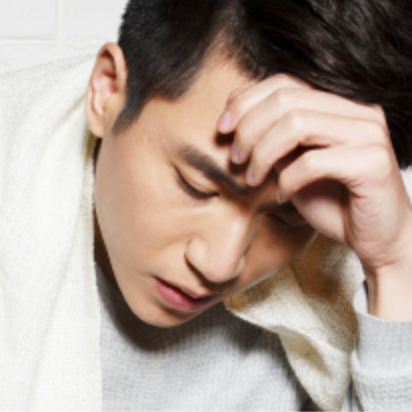
Dizziness, Ear Pain, or Tinnitus
Pressure on the temporal bone by an unbalanced jaw can disrupt the part of the brain responsible for regulating balance, leading to symptoms such as dizziness, ear pain, and tinnitus.
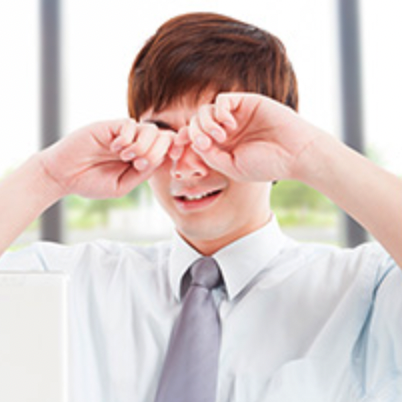
Dazzling, Eye fatigue, Inflammation, Unbalanced Eyesight
When the jaw is misaligned, the sphenoid bone, which is connected to the jaw by a strong muscle, can also become distorted, potentially causing symptoms related to the eyes due to the passage of the optic nerve through the sphenoid bone.

Twisted Spine & Pelvis

Craniofacial Asymmetry
Unbalanced movement in the jaw joint over a prolonged period can lead to craniofacial asymmetry.
Why do you need it
How to Restore the Balance of TMJ
MBR Appliance
MBR appliance restores & maintains the balance of TMJ and cervical spine 1,2 and 12 meridians.
Acupuncture
Acupuncture treatment can help to restore the normal length and movement of muscles and myofascial tissues related to the TMJ.
Herbal Treatment
MBR herbal treatment is a good option when dealing with severe stress or inflammation, or when the TMJ pain is accompanied by other symptoms.
Application examples
Imbalance Inducing Factors & MBR Solution
C1 & C2 Treatment
Correcting the alignment of the cervical vertebrae, which is the axis of TMJ movement, can effectively treat TMJ disorders and prevent their recurrence.
Spine & Pelvis Balance
Balancing the pelvis is recommended as torsion in the pelvis can lead to imbalances in the shoulders, neck, and jaw.
Left & Right Balance
An imbalance in leg length or foot can cause compensatory imbalances in the jaw, therefore it is important to correct any issues with leg length or foot balance.
